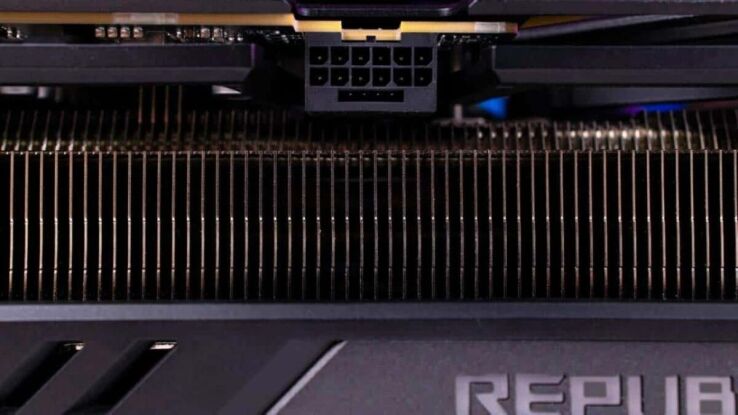
RTX 4080 Super with 8-pin connectors? It’s not to be
Updated: Feb 6, 2024 4:23 pm

WePC is reader-supported. When you buy through links on our site, we may earn an affiliate commission. Prices subject to change. Learn more
Nvidia’s launch of the RTX 40 Super series ended (so far) with the introduction of the 4080 Super. An online sighting of an RTX 4080 Super possibly designed to use dual 8-pin connectors instead of the now-standard 12VHPWR 16-pin connector is an interesting spot though, but we don’t really need it.
As per Nvidia’s design, the RTX 4080 Super is meant to be using the 12VHPWR standard, something you’re going to make the most of when using an ATX 3.0 PSU. Considering previous problems of melting adapters, the 16-pin standard wasn’t too popular right away, but it has become much more widely adopted. The possibility for a dual 8-pin power connector 4080 Super model could have been a reality though according to sources.

2,295 MHz (base) / 2,550 MHZ (boost)
Palit may have considered 8-pin power connectors
As per VideoCardz, it looks like Palit is one GPU manufacturer to have considered using two 8-pin power connectors instead of the newer 16-pin standard for their PCB design on the RTX 4080 SUPER GAMING PRO model specifically. Every single card we’ve seen as part of the Super refresh uses 12VHPWR connectors, aside from one which was swiftly remove off the market – the MaxSun RTX 4070 Super – assumedly a mistake.
Eagle-eyed GPU enthusiasts have noted that the RTX 4080 SUPER GAMING PRO from Palit does include space for dual eight-pin power connectors. This was reported by Jisakuhibi on X (formerly Twitter). However, these have gone unused in favor of sticking to Nvidia’s favored 16-pin 12VHPWR connection type.
Do you need 12VHPWR for RTX 4080 Super?
The RTX 4080 Super is designed to use the 16-pin 12VHPWR connector which is now the standard for high-end GPUs. That being said, Nvidia still include their dual 8-pin to 16-pin adapter with the new GPUs.
This begs the question as to why Nvidia would be seemingly forcing the 16-pin standard for manufacturers rather than allowing for a dual eight-pin design like we’ve seen on many GPUs in the past. Either way, you can still use the available adapter if you don’t fancy upgrading to an expensive ATX 3.0 PSU for the best power delivery to your graphics card.






